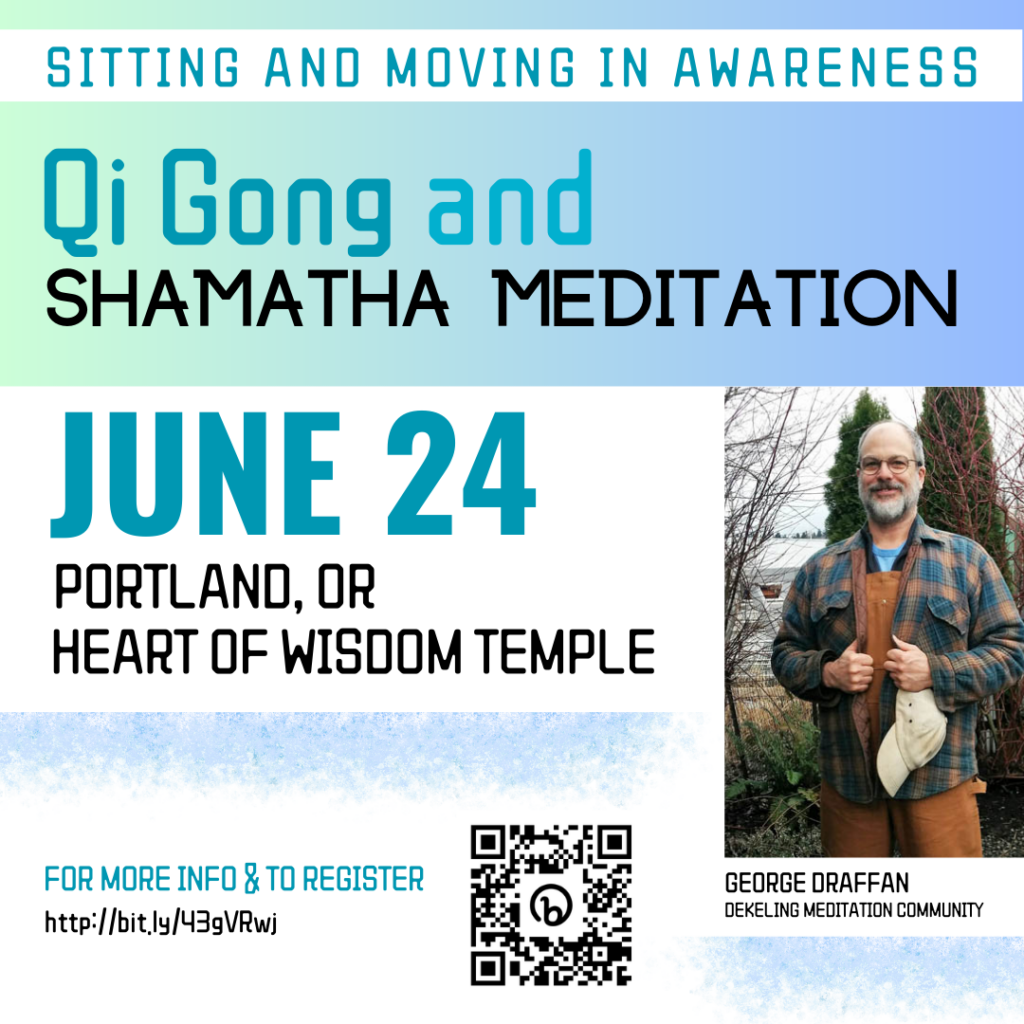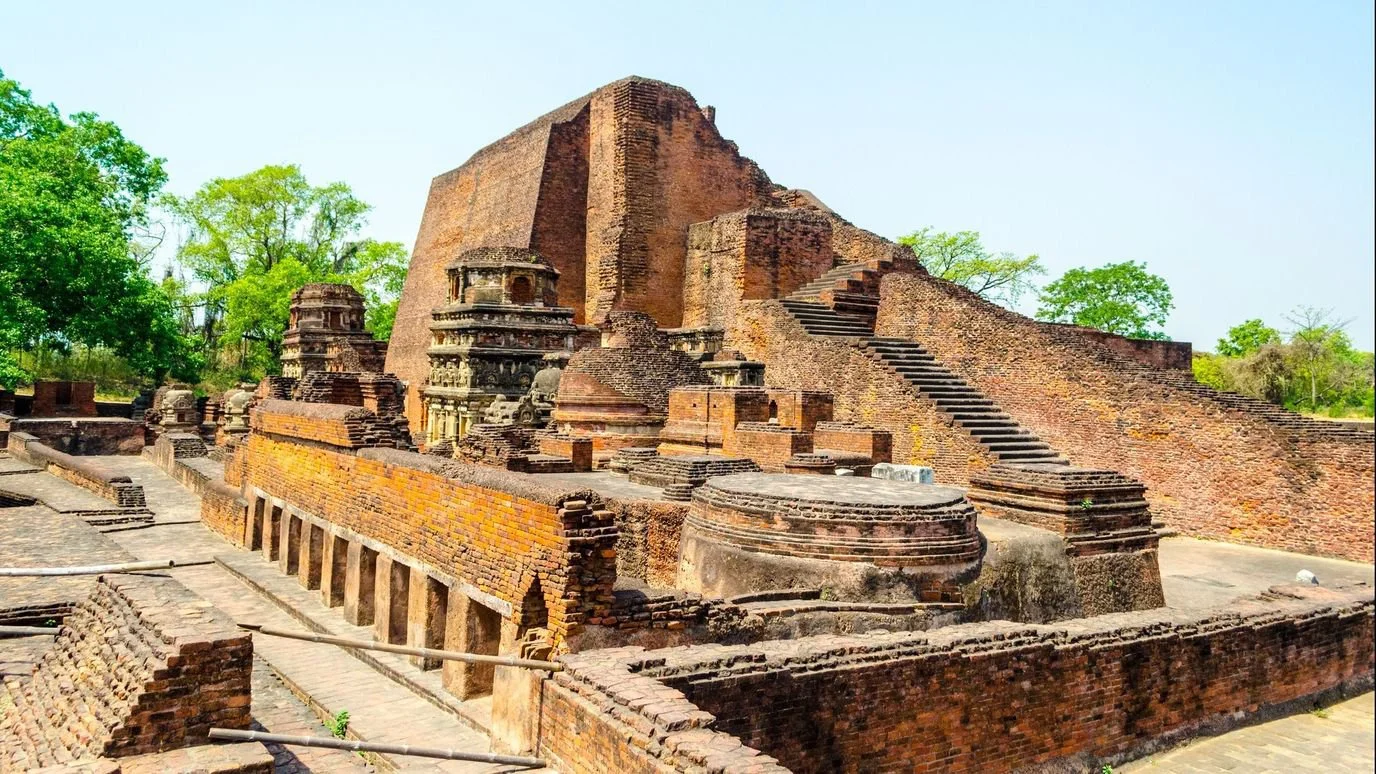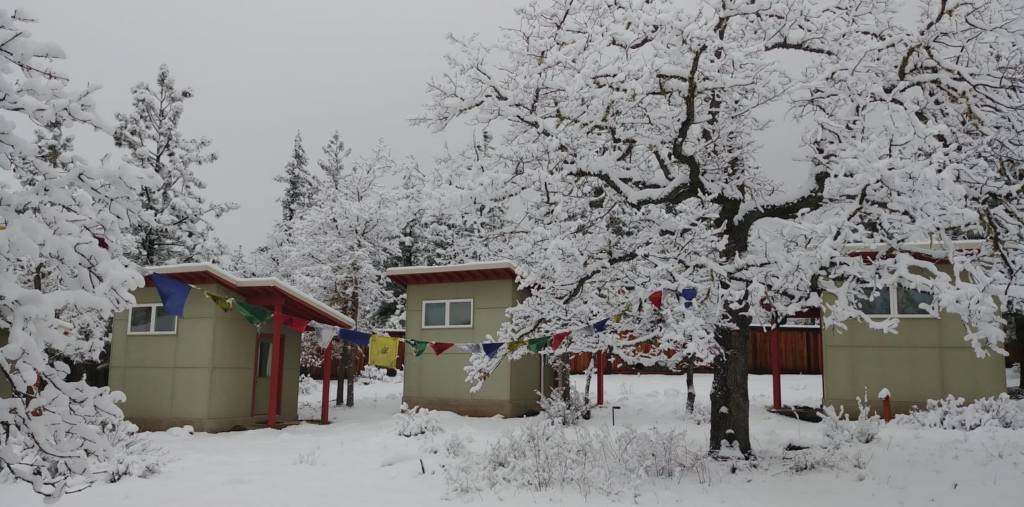What are the primary roles of the lama in a dharma community? The answer depends, of course, upon the community. Let’s consider Dekeling, the community some of us know best.
You might remember in my talk on Sunday with Ken McLeod that we briefly touched on this; so let’s rewind to that. Both of us agree that the three key roles of a teacher are
- To illuminate the potential of awakening for the students. This is done by in large part by example, by embodying the dharma in that teacher’s individual way. It can also be done in meditation, by helping the student meet certain practice experiences, for example, by the teacher giving ‘pointing out’ instructions or leading the student in a particular kind of meditation. The teacher could also connect the student to inspiring stories or writing that connects students to their own Lama or lineage masters.
- To train the student to increase their capacity for spiritual experience. This can be done by leading the student along a gradual path of knowledge, skills and experiences that support their awakening. In our community, we do this very intentionally and very explicitly.
- To point out to the student their internal obstacles (habit-patterns, mind-sets, etc.) that get in the way of waking up. Though the obstacles to awakening are somewhat universal, and well documented in Buddhist literature, people’s obstacles and habit-patterns shift over time as the student evolves, and are also quite individual expressions—one person’s anger might look quite different than another. (This is one of the reasons that committed students work one-on-one with the Lama, if they wish to do so, at Dekeling.)
In order for all of these functions to work, there must be authenticity, intimacy and trust in the student-teacher relationship and both the student and the teacher must have some potential and intention to fulfill their role. The teacher needs to be able to skillfully navigate this journey with the student and the student needs to be open to the work. This third role of the teacher is why I often say, “We can be friendly, but I cannot be your friend.” The student-teacher relationship is a different relationship. Even in a best-case scenario, it will not all be roses and joy.
As Ken pointed out in our talk, these roles could be carried out by more than one teacher, but somehow all the teachers must lead in the same general direction, at least. Some students find all this in one person.
In addition to guiding in these three ways, the teacher also does their best to create a fruitful and rich learning environment through meditation, dialogue, classes, retreats, and even volunteering—all aimed at supporting the student’s awakening.
One other aspect of the Lama’s work, from my perspective, is to create the causes and conditions of a healthy practice community. At Dekeling, I emphasize transparency, honesty, equanimity, and other related qualities among us as a community.
Community members who wish to have a strong and rich community as the container for their practice must exert quite a bit of effort to provide the structure and ‘glue’ of the community over time. Individual and community needs evolve over time, so it’s a long term effort. The work of community usually involves reaching out to sangha, volunteering, contributing to help the sangha survive, helping each other in practice, caring for each other, mending disputes in a timely and skillful way, and refraining from disruptive behavior like gossip and so on. For students who genuinely want to awaken, the caretaking of the ‘jewel’ of sangha is necessary.
As Dekeling’s Lama, I also contribute to pastoral care: attending at weddings, funerals, births and am often called to be present at times of illness and death. I respond to requests for help from families and those in distress and try to help connect them to services and opportunities when dharma is not what they actually need. I stay connected to dharma teachers in the wider community and nourish our relationships with our Asian teachers. I participate in Dekeling’s board meetings and strategic planning as an advisor. I help integrate new volunteers and work closely with the Board President to make sure we are not missing important obligations, challenges, or opportunities. I write some of our communications (like this blog) and more than 90% of our dharma content, for in-person teaching, our blog and our podcasts. In addition, I do my best to keep up with my own awakening, retreats, and my personal ‘work’ of learning to be a good human.
From my perspective—and I hold this softly as I learn—the vision for shaping the nature of our community comes mainly from the students themselves. As long as the forms of our community center on awakening, I am happy to support their evolution as suits the changing times.
I have a deep wish to create enough stability and pliancy in the community that it will long outlive me. I have a dream that I will return to be a student in your strong and powerful community of spiritual awakening that works tirelessly for all beings, and finds joy in the process.






